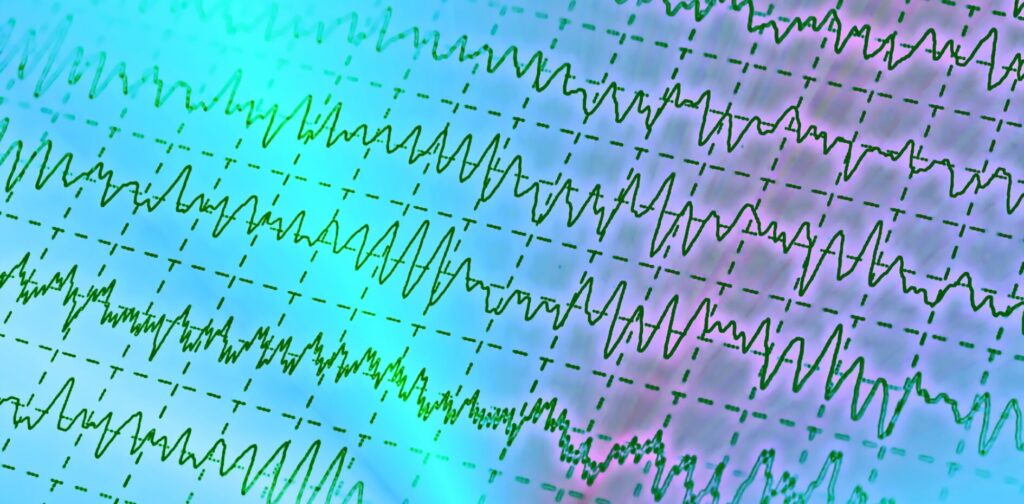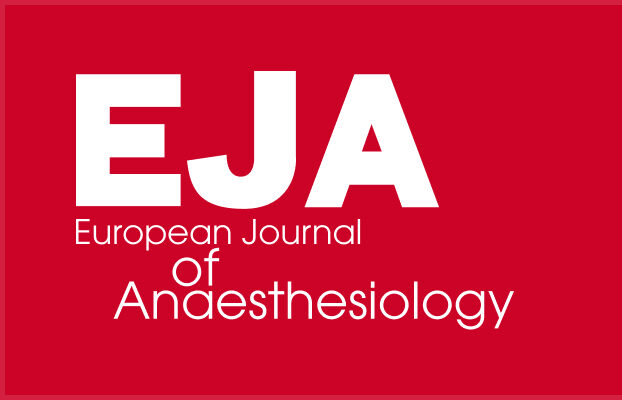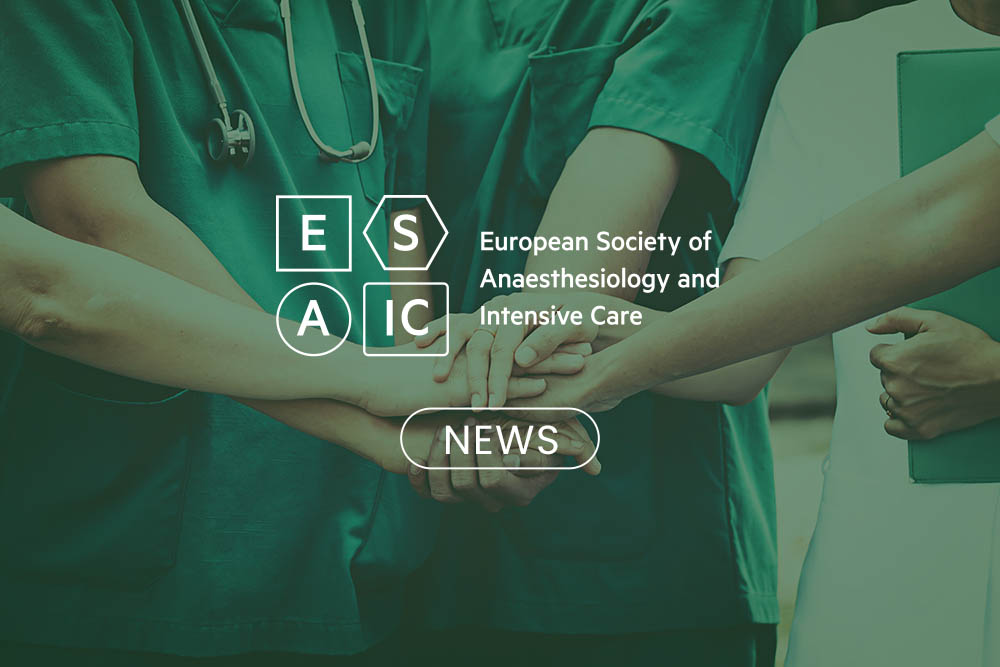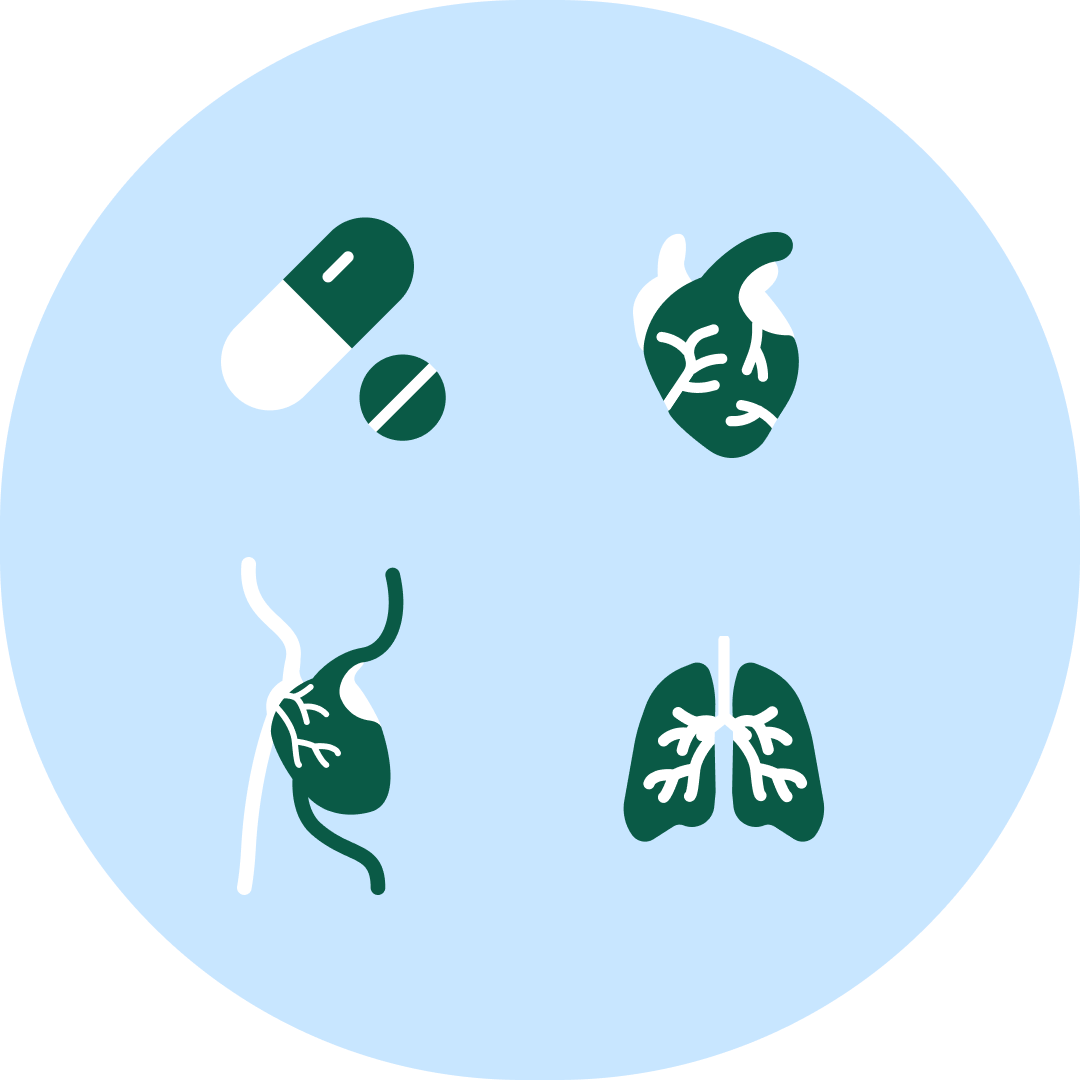Congress Newsletter 2024
Electroencephalography-based monitoring in Anaesthesia - reliable tool or source of ambiguity?
Should electroencephalographic (EEG) monitoring become the standard of care for patients under anaesthesia?
For the past three decades, EEG recordings have been used to monitor changes in the electrical activity of the brain in patients undergoing general anaesthesia or sedation. While some experts have argued in favor of using EEG monitoring, particularly in vulnerable patients with preexisting cognitive disorders, this method has yet to be integrated in standard anaesthesiology practice. Those concerned about the use of EEG intraoperatively have pointed to different limitations, including variability in the EEG-based indices used to assess brain states during general anaesthesia and sedation, the high cost of monitoring devices, and the less defined role of EEG in the paediatric population. The debate continues at Euroanaesthesia 2024, where an examination of the advantages, limitations, and opportunities of EEG monitoring in anaesthesia brings this practice into the spotlight.

In his lecture titled “Cracking the code: decoding EEG patterns and artefacts,” Matthias Kreuzer, PhD, a researcher at Technische Universität München in Munich, Germany, will educate the audience on how to distinguish between pathological states and artifacts on EEG monitors. Various pathophysiological events, such as hypotension, hypoxia, or hypercarbia, can change a patient’s level of consciousness and the expected EEG signatures generated by different anesthetic agents, which can confound interpretation. The ambiguity involved in the interpretation of EEG recordings also stems from the fact that the EEG markers obtained during the loss of consciousness induced by anesthesia lack sensitivity and specificity for determining the depth of anaesthesia. Studies have shown that ketamine and nitrous oxide do not generate changes that are typically noted on EEG recordings during general anaesthesia. Moreover, changes in EEG patterns caused by combinations of different anaesthetic agents can make the interpretation of EEG waveforms challenging, and may result in a mismatched depth of anaesthesia.
While patients’ level of awareness during procedures continues to be a main concern for anaesthesiologists, increasing the depth of anaesthesia may be poorly tolerated by patients, and may lead to longer recovery periods. Deep anaesthesia has been associated with postoperative complications, including delirium, cognitive decline, dementia, myocardial infarction, stroke, renal failure, and death. Kreuzer’s research has hinted toward a new generation of anaesthesia monitoring, which may focus on quality rather than depth of anaesthesia.1
Darren Hight, PhD, a postdoctoral researcher in the Department of Anaesthesiology and Pain Medicine at the University Hospital Bern, in Switzerland, has also emphasised approaches that place the well-being of the patient in the postoperative period at the center of clinical practice. In a review focused on depth of hypnosis monitoring with the use of EEG during cardiovascular surgery, Hight and colleagues concluded that tailoring anaesthetic administration to individual patient needs guided by certain EEG features may improve perioperative outcomes. Hight will address strengths and weaknesses of EEG devices used for monitoring the depth of anaesthesia during a Spotlight session at Euroanaesthesia 2024.
Other sessions at this year’s conference will investigate the role that EEG may play in monitoring different populations, including children, older adults, and pregnant patients.
References:
- Kreuzer M. EEG Based Monitoring of General Anesthesia: Taking the Next Steps. Front Comput Neurosci 2017;11:56.
- Kaiser HA, Hight D, Avidan MS. A narrative review of electroencephalogram-based monitoring during cardiovascular surgery. Curr Opin Anaesthesiol 2020;33(1):92-100.










